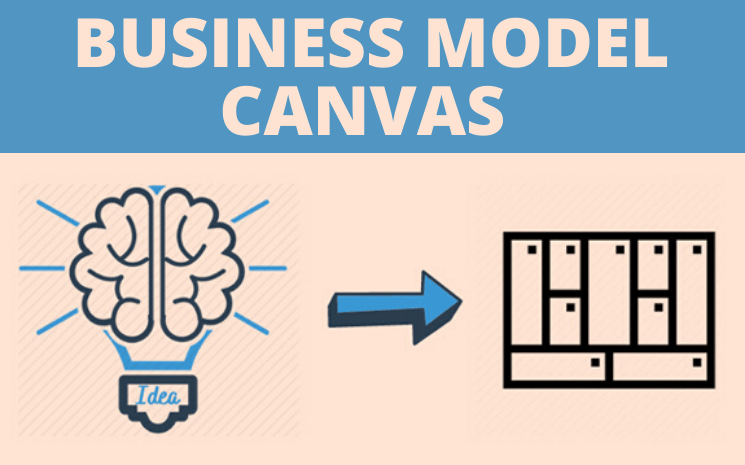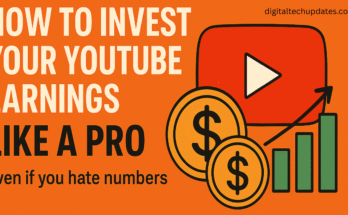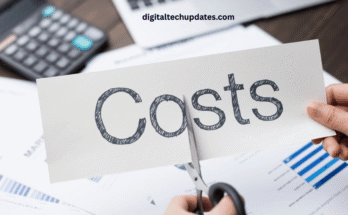Surely you have heard of the Canvas model, and that its use gives many benefits when used in entrepreneurship, even whenmanaging companies related to creativity and design. The question is if you know what it is and what it is for exactly.
In this post we want to talk precisely about this topic, about how the Canvas model can be used in business management.
What does Canvas mean?
Canvas means “canvas”, and that is precisely what allows us to create this business management model, blank canvases in which we can fill in each of the spaces and gradually create our plan for the company in which we work.
What is the purpose of the Canvas?
The Canvas model is a pattern to define all the content that is produced within a company. It provides a structure for what content should be created, and when.
Basically, the goal of the Canvas model is the visual representation of the content that is created. It is divided into horizontally aligned columns, each with a specific purpose or goal in mind. There are six columns in total: strategy, plan, content, production, distribution, and optimization. Some of these columns contain subcolumns that are used to show growth over time.
It is a methodology that helps companies visualize their strategy and then execute it.
It is important to understand the Canvas model, because it helps to be more efficient at work and achieve better results. In addition, its methodology is so versatile that it can be applied to any company in any sector.
This is one of the most widely used strategic frameworks for developing marketing plans. And it is that it helps to execute your strategy to achieve the objectives in a more effective way, by optimizing resources.
What are the 9 steps of the Canvas model?
The Canvas is a great way to lay out an idea, allowing it to be understood, tested, and improved. It is a single page with nine interconnected “canvas” showing how all parts of the business work together to achieve success.
Filling out one of these sheets can take 15-30 minutes, and this article will help you do it.
Define the purpose of the company
Without having a clear purpose, it is impossible to know if our plan is good or not. To do this, define the one that best suits your company. Here are some examples:
● Earn passive income
● Grow sustainably
● Improve financial stability
The best thing about all this is that you will now have a criterion to evaluate your ideas, and some inspiration to come up with creative ways to achieve this purpose.
Customers and value propositions
There is no specific order to follow in a Canvas, although this is the best starting point. Your business is focused on your customers, the people you think will be motivated enough to try your new product/service in order to receive some kind of compelling benefit.
This is a real person, someone who is out there right now. They are looking for solutions to their problems and they want to find ways to make their life easier.
Regarding the value proposition, we describe what the customer is really looking for. It’s not about what we sell them, but why it matters.
Channels and customer relationships
Now that we have a clear picture of who we are targeting, we can define three more aspects: how we get them, how we maintain them, and how we interact with them.
The channels help us to see and analyze how we get new customers, and how we send them our value proposition. In addition, we will also establish here how we are going to interact with them. By understanding our customer, their wants and preferences, we can identify the best methods to engage and retain them for years to come.
Resources, partners and key activities
The key resources are the people, places, machines, patents, and intangible assets that are used. On the other hand, the key activities are those processes and tasks that must be carried out in order to serve our customers.
We speak of key partners when we refer to the people and organizations that share your responsibility.
Cost structure and revenue stream
The Canvas model allows us to understand how money moves in the company. That means looking at how our costs/prices are set, and how often customers/invoices recur.
Cost structures are the most important expenses: how much we spend, how often we spend, and whether that changes as sales go up or down. They may include rent, wages, raw materials, advertising, store setup, or payment of commissions to third parties.
On the other hand, revenue stream is what each type of customer pays, as well as how often they come back. This helps us differentiate big spenders from one-time buyers.
Link the boxes + order
Everything that appears in our Canvas model has to be interconnected, since, otherwise, the only thing that we will have are ideas that, by themselves, do not make any sense. The way in which we get our clients directly influences how the income flow is, for example.
Tell the story
When we show a Canvas model to someone who doesn’t know it, it can be a bit overwhelming. Instead, the option of explaining the idea and little by little filling in the canvases is more effective. In addition, it allows it to be understood much better, since we will be explaining and assimilating the document progressively.
test the theory
First of all, assume that everything on the Canvas is conjecture, and now it’s time to put it to the test. For this, it is essential to verify them all with a system in which real people participate.
The Canvas model update
Obviously, it is necessary to update the document every time it is necessary. If we modify any of the aspects that we have indicated above, it will be essential to create a new document, a different version of the Canvas.




